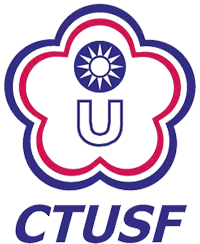Sports & Exercise Research Volume 11 Number 3
Author:Ming-Chieh Wu ; Chiu-Chou Chen ; Yu Fang ; Ying-Lan Tsai ; Hsiu-Hua Chen ; Jen-Chun Lo ; Wen-Chen Huang
Period/Date/Page:Vol. 11 No. 3 (2009 / 09 / 30) , P95 - 103
DOI:10.5297/ser.200909_11(3).0007
Characteristics of Insulin Sensitivity in Various Types of Athletes
Abstract:Fasting plasma glucose is widely used to predict the impaired glucose tolerance and type 2 diabetes in various populations. The difference in fasting insulin levels for evaluating metabolic status in male athletes with normal glucose have not been demonstrated completely. Therefore, we designed this study to evaluate the insulin sensitivity in various types of athletes. In this study total 465 subjects from 31-types of sport events were participated as effective samples. All the subjects with normal plasma glucose (<100mg/dl) were matched for fasting insulin level and assigned them into three groups including: Low fasting insulin level (FIL, <5mU/dl, n=146), Medium FIL (5-9.9mU/dl, n=218), and High FIL (>10mU/dl, n=101). The results of this study showed that both BMI and fat percentage in high FIL group reaches grade-1 overweight, and a significant correlation between two obesity measures (r=0.786, p<.001). A mean HOMA-IR in three groups was significantly different from each other that is 0.77, 1.56, and 3.95 respectively. This results indicates that fasting insulin level in all subjects were significantly associated with HOMA-IR (r=0.994, p<.001). From this data it was concluded that insulin resistance was directly associated with increased body fat. In addition, measurements of both fasting insulin level and obesity standard degree are useful to predict the insulin resistance in various types of male athletes. (Full text)




